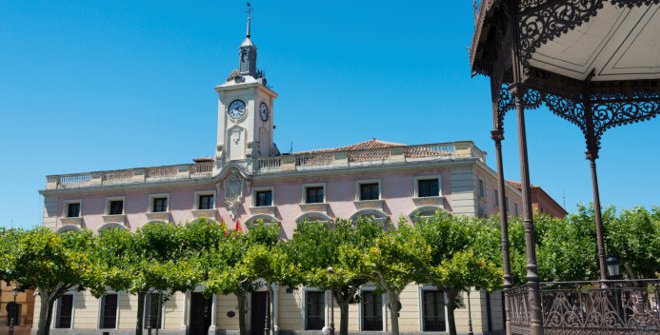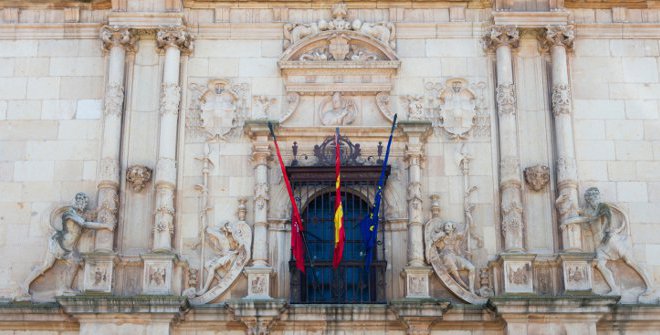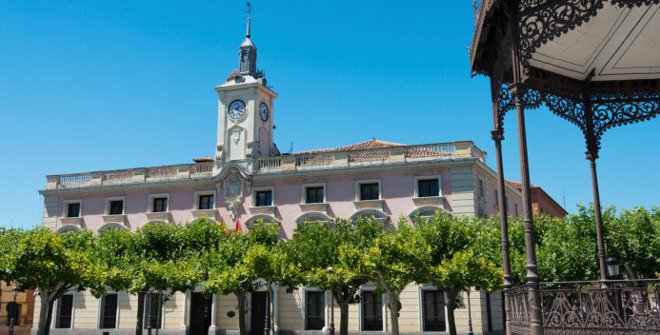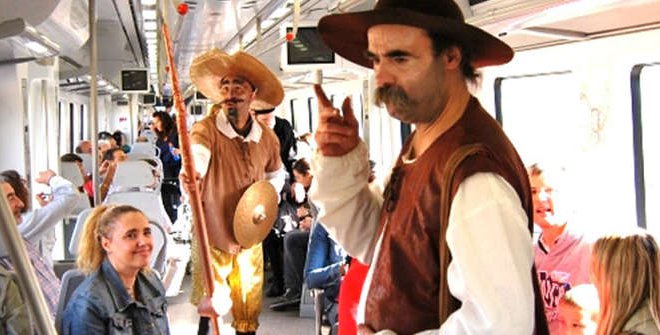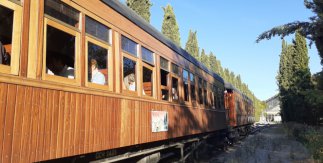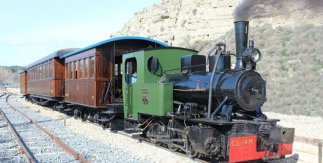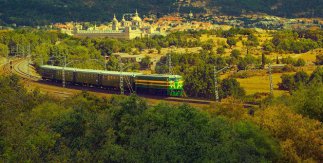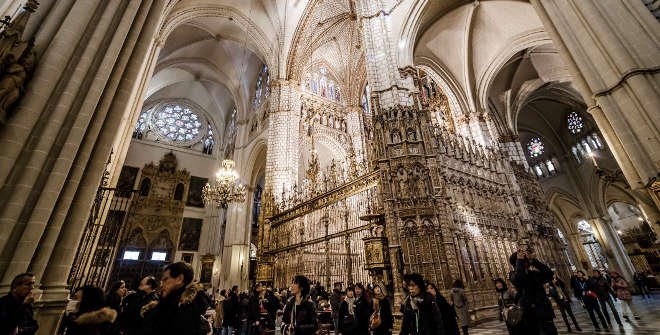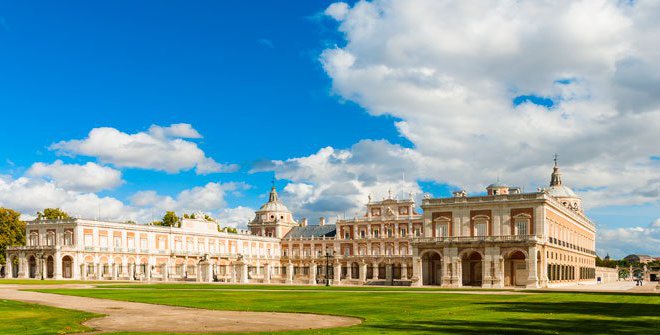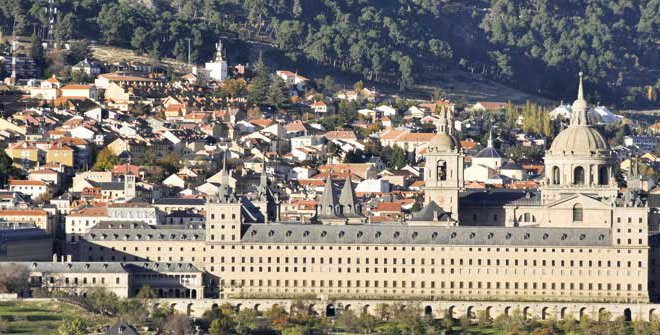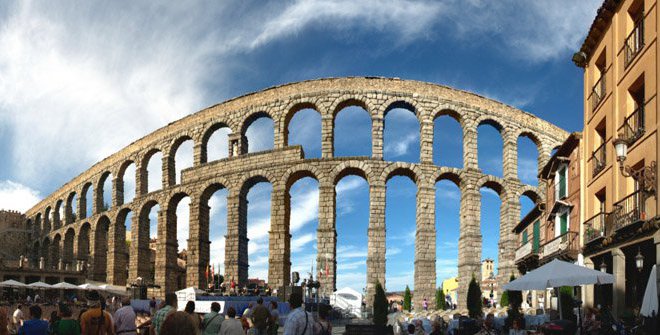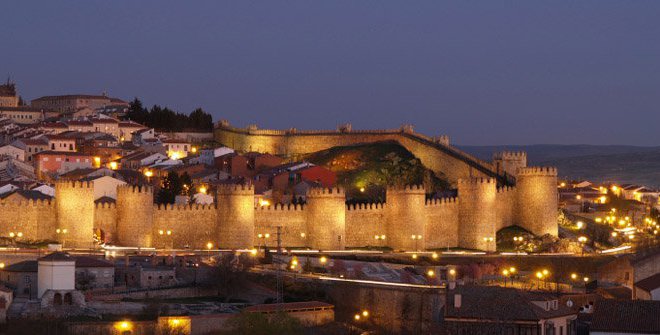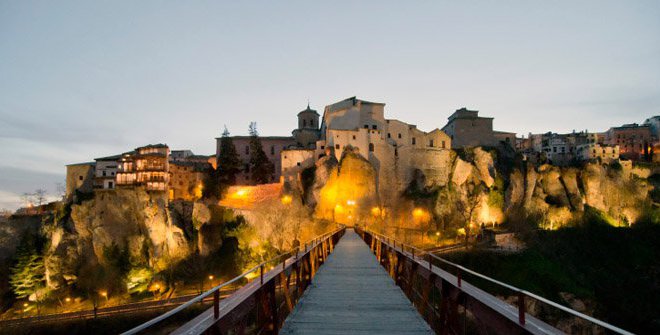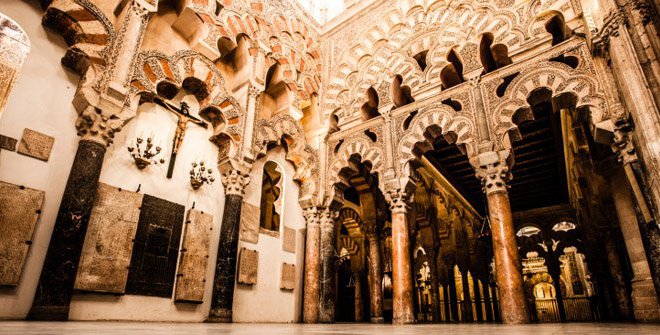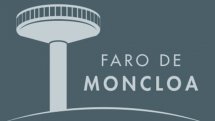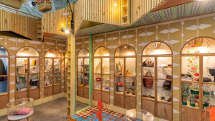Alcalá de Henares

The Romans founded a town they called Complutum, about 2km from today’s Alcalá de Henares. It was one of the most important Roman settlements in the Iberian Peninsula, as attested by the archaeological evidence that has come down to us. The town, enjoyed 400 years of splendour under the rule of the Empire, largely thanks to the good use they made of the Henares River, the new centres of communication and the exploitation of agricultural resources. The Moors came after the Romans and built the castle of A-Qalát de Nahar in 850, from which the town earned its name.
Its central role as a defensive bastion in the Tagus River valley during the time of Christian Reconquests, led to the construction of new edifices and turned it into a fortified area. It was home to Jews, Muslims and Christians, each with their own section within the fortified town. In the 18th century, Alcalá became a feudal estate of the Archbishops of Toledo, who built the Palacio Arzobispal and gave the town its reputation as a place of great importance with a thriving economy.
In 1293, Sancho IV gave permission to Alcalá to build the ‘Estudio de Escuelas Generales', its first step to becoming a university town. Nevertheless, Alcalá enjoyed its greatest splendour under Cardinal Cisneros who founded the Complutense University in 1499. Although at first the education provided was mainly of a religious nature in which theology and ecclesiastical subjects played a predominant role, the university soon opened up to the worlds of humanities, law and literature, welcoming such famous writers and thinkers as Quevedo, San Ignacio de Loyola and Santo Tomás de Villanueva. In 1836, however, the faculties moved to Madrid. After a period of decline, the university regained importance with industrialisation and the return of university life to the town.
Other Tourist Trains
A unique way of travelling to and discovering Alcalá de Henares, the birthplace of Miguel de Cervantes. 2025 season: from 20 September to 13 December. Tickets on sale
A period train running between the capital and Aranjuez recreates the Madrid area’s first rail line. 2025 season: from 22 March to 9 November. Tickets on sale
Get on board this vintage train whose steam locomotive pushes its way past stunning landscapes in southeast Madrid. Next season: Spring 2026
Travel from Madrid to San Lorenzo de El Escorial on a vintage train and unveil the secrets of King Philip II’s empire. From 20 September to 13 December 2025
